
 |
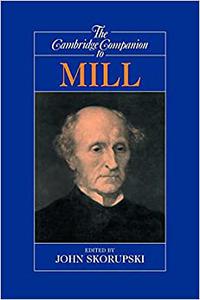 John Skorupski, "The Cambridge Companion to Mill" English | 1998 | ISBN: 0521422116 | PDF | pages: 608 | 33.1 mb John Stuart Mill was one of the greatest thinkers of the nineteenth century. His impact on modern culture and thought has been immense, and his continuing importance for contemporary philosophy and social thought is widely recognized. This companion furnishes the reader with a systematic and up-to-date account of the many facets of Mill's thought and influence. New readers will find this the most convenient and accessible guide to Mill currently available. Advanced students and specialists will find a conspectus of recent developments in the interpretation of Mill. 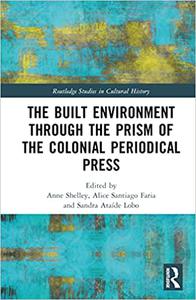 Anne Shelley, "The Built Environment through the Prism of the Colonial Periodical Press " English | ISBN: 1032356707 | 2022 | 346 pages | PDF | 22 MB The Built Environment through the Prism of the Colonial Periodical Press is a venture of the International Group for Studies of Colonial Periodical Press of the Portuguese Empire (IGSCP-PE), who are also interested in comparative studies and conceptual discussions. 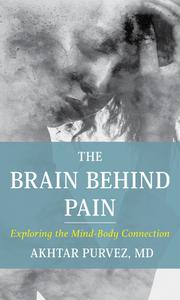 The Brain Behind Pain: Exploring the Mind-Body Connection by Akhtar Purvez English | December 6th, 2022 | ISBN: 1538172801 | 252 pages | True EPUB | 0.47 MB Explores the important role of the brain in both the experience of pain and its resolution.  The Book of Sainte Foy By Pamela Sheingorn (transl.) 1996 | 348 Pages | ISBN: 0812215125 | PDF | 20 MB Translated with an introduction and notes by Pamela Sheingorn. The Song of Sainte Foy translated by Robert L. A. Clark.Second paperback printing 1996.The miracle stories surrounding Sainte Foy form one of the most complete sets of material relating to a medieval saint's cult and its practices. Pamela Sheingorn's superb translation from the Medieval Latin texts now makes this literature available in English. "The Book of Sainte Foy" recounts the virgin saint's martyrdom in the third century ("Passio"), the theft of her relics in the late ninth century by the monks of the monastery at Conques ("Translatio"), and her diverse miracles ("Liber miraculorum"); also included is a rendering of the Provençal "Chanson de Sainte Foy", translated by Robert L. A. Clark.The miracles distinguish Sainte Foy as an unusual and highly individualistic child saint displaying a fondness for gold and pretty things, as well as a penchant for playing practical jokes on her worshippers. In his record of Sainte Foy, Bernard of Angers, the eleventh-century author of the first parts of the "Liber miraculorum", emphasized the saint's "unheard of" miracles, such as replacing missing body parts and bringing dead animals back to life.The introduction to the volume situates Sainte Foy in the history in the history of hagiography and places the saint and her monastery in the social context of the high Middle Ages. Sheingorn also evokes the rugged landscape of south central France, the picturesque village of Conques on the pilgrimage road, and, most important, the golden, jewel-encrusted reliquary statue that medieval believers saw as the embodiment of Sainte Foy's miracle-working power. In no other book will readers enjoy such a comprehensive portrait of Sainte Foy and the culture that nurtured her. 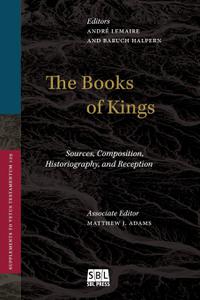 The Book of Kings: Sources, Composition, Historiography, and Reception (Supplements to Vetus Testamentum) by Baruch Halpern, André Lemaire English | February 10, 2017 | ISBN: 1628371706 | True PDF | 710 pages | 5.6 MB This collaborative commentary explores cross-cutting aspects of Kings ranging from the analysis of its composition, historically regarded, to its transmission and reception. Ample attention is accorded sources, figures and peoples who play a part in the book. 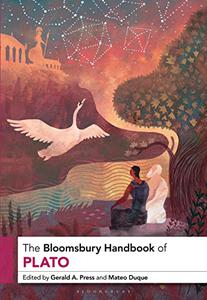 The Bloomsbury Handbook of Plato (Bloomsbury Handbooks) by Gerald A. Press, Mateo Duque 2022 | ISBN: 1350227234 | English | 544 pages | PDF | 3 MB This essential reference text on the life, thought and writings of Plato uses over 160 short, accessible articles to cover a complete range of topics for both the first-time student and seasoned scholar of Plato and ancient philosophy. 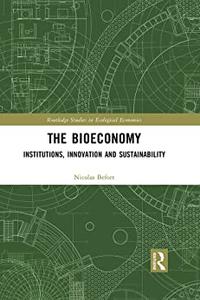 The Bioeconomy: Institutions, Innovation and Sustainability English | 2023 | ISBN: 036761040X | 177 Pages | PDF (True) | 6 MB The bioeconomy is steadily becoming more important in regional, national and European public policies. As it encompasses the transformation of agricultural, marine and organic resources into food, feed, fuels, energy and materials, the bioeconomy should become a major new industry, outlining the possibility of a post-fossil future. This book is the first attempt to depict the origins, formation and challenges of this new industry in terms of emerging institutions, innovation and economic strategies. The result of this work is that the substitution of raw materials alone is not enough to get out of the fossil economy.  The Best Mug Meals for Busy People Make A Mug Of Delicious Soup In Minutes With These Microwaveable Meal Recipes. English | 2022 | ISBN: 9798215747162 | 90 Pages | EPUB | 3 MB  The Beginners Water Bath Canning Recipe: Easy Homemade, To-The-Point Techniques for Canning and Preserving Pickles, Salsa, Jams, Jellies, Butters and More. by S.H Publishing English | 2022 | ISBN: N/A | ASIN: B0BPR1DBX5 | 176 pages | EPUB | 26 Mb Do you have loads of veggies piling up because you can't eat them fast enough? Are you looking for a way to preserve those veggies for winter so you don't throw them out?
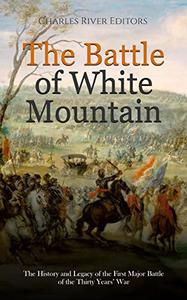 The Battle of White Mountain: The History and Legacy of the First Major Battle of the Thirty Years' War by Charles River Editors English | October 27, 2022 | ISBN: N/A | ASIN: B0BKTLX124 | 93 pages | EPUB | 1.87 Mb It has been famously pointed out that the Holy Roman Empire was neither holy, nor Roman, but it was also not an empire in the sense people expect when hearing the term. In theory, the emperor was the highest prince in Christendom, and his dominion extended the length and breadth of Western Europe. The empire had been created by the papacy in 801 when Pope Leo III famously crowned the supposedly unwitting Charlemagne in Saint Peter's Basilica, intending to recreate the Western Roman Empire. In truth, the imperial power did not extend beyond central Europe, which by the beginning of the 16th century included Germany, northern Italy, and the Netherlands. Even in these lands, however, the emperor struggled to command obedience. His dominion over northern Italy was theoretical only, the cities of the Netherlands were deeply conscious of their ancient rights and privileges, and Germany had long ceased to be compliant. |